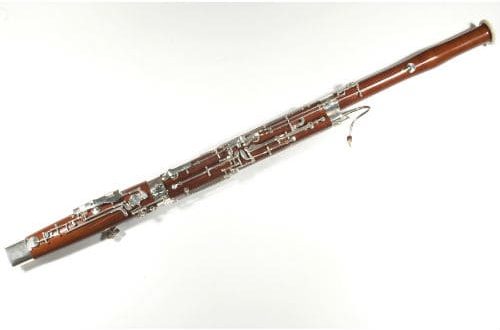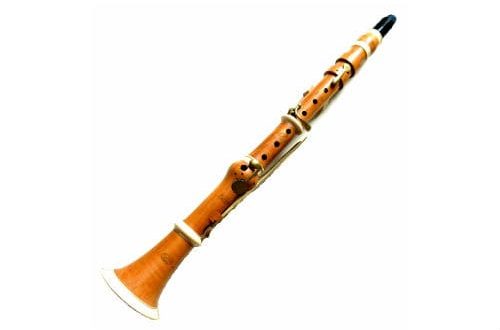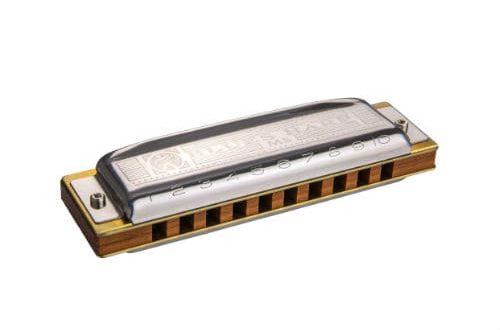
Piccolo flute: what is it, sound, structure, history
Contents
The piccolo flute is a unique musical instrument: one of the smallest in terms of overall dimensions, and one of the highest in terms of sound. It is almost impossible to solo on it, but for creating individual episodes of a musical work, the baby flute is literally indispensable.
What is a piccolo flute
Often the instrument is called a small flute – because of its size. It is a kind of ordinary flute, belongs to the category of woodwind musical instruments. In Italian, the name of the piccolo flute sounds like “flauto piccolo” or “ottavino”, in German – “kleine flote”.

A distinctive feature is the ability to take high sounds that are inaccessible to an ordinary flute: the piccolo sounds higher by a whole octave. But it is not possible to extract low notes. The timbre is piercing, slightly whistling.
The length of a piccolo is about 30 cm (it is 2 times shorter than a standard flute). Production material – wood. Rarely found plastic, metal models.
What does a piccolo sound like?
The unrealistic sounds made by a small instrument prompted composers to think about fairy-tale characters. It was for their image, as well as to create the illusion of thunderstorms, wind, sounds of battle, that the piccolo flute was used in the orchestra.
The range available to the instrument is from the note “re” of the second aftertaste to the note “to” of the fifth octave. Notes for piccolo are written an octave lower.
Wooden models sound softer than plastic, metal ones, but they are much more difficult to play.
Piccolo sounds are so bright, juicy, high that it is used to give sonority to the melody. It extends the scale of other wind instruments of the orchestra, which, due to their capabilities, are not able to master the upper notes.
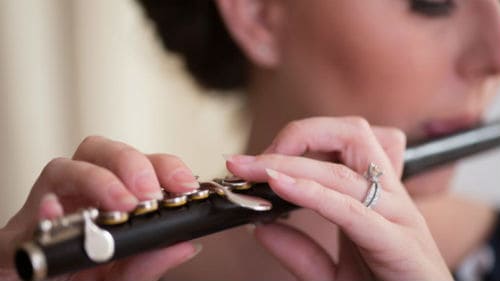
Tool device
The piccolo is a variation of the regular flute, so their design is similar. There are three main parts:
- head. Located at the top of the instrument. It consists of a hole for air injection (ear cushion), a cork with a cap placed on it.
- Body. The main part: on the surface there are valves, holes that can close, open, extracting all kinds of sounds.
- Knee. The keys located on the knee are intended for the little finger of the right hand. The piccolo flute has no knee.
In addition to the absence of a knee, the distinguishing features of the piccolo from the standard model are:
- smaller inlet dimensions;
- reverse-conical shape of the trunk section;
- openings, valves are located at a minimum distance;
- the total size of a piccolo is 2 times smaller than a transverse flute.

History of the piccolo
The predecessor of the piccolo, the old wind instrument flageolet, was invented in France at the end of the XNUMXth century. It was used to teach birds to whistle certain melodies, and it was also used in military music.
The flageolet was modernized, eventually becoming completely different from itself. First, the body was given a conical shape for purity of intonation. The head was made more mobile, trying to get the opportunity to influence the system. Later, the building was divided into three parts.
The result was a design capable of extracting a rich range of sounds, while the harmonic sounded rather monotonous.
At the turn of the XNUMXth century, the flute occupied a strong position in orchestras. But it began to look like today, thanks to the efforts of the German master, flutist, composer Theobald Boehm. He is considered the father of the modern flute: the acoustic experiments of the German gave amazing results, improved models instantly won the hearts of professional musicians in Europe. Bem worked on improving all existing types of flute, including the piccolo flute.
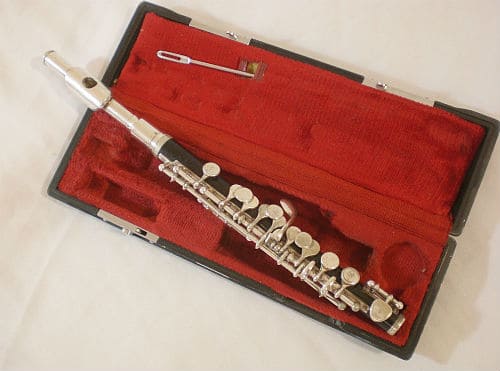
Tool application
In the XNUMXth century, the piccolo flute was actively used in symphony and brass bands. Playing it is hard work. Small size makes it difficult to extract sound, false notes stand out sharply from the rest.
The orchestral composition includes one piccolo flute, occasionally two. It is used in chamber music; piano concertos accompanied by piccolo are not uncommon.
The miniature flute plays an important role in supporting the upper voices in the general tuning of the orchestra. Famous composers (Vivaldi, Rimsky-Korsakov, Shostakovich) trusted the solo instrument in episodes.
A piccolo flute is a small, seemingly toy-like structure, without the sounds of which most outstanding musical works are inconceivable. It is an important part of orchestras, its importance cannot be overestimated.



